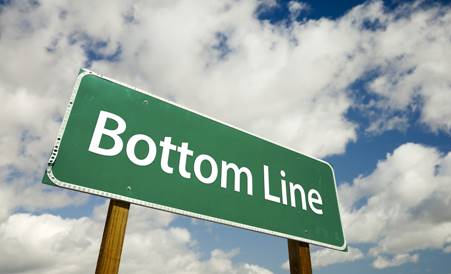What is Race to the Bottom?
The race to the bottom is referred to a competitive situation where a country, state or a company tries to undercut the prices of the competition by sacrificing labour costs, quality standards, or sometimes, worker safety as well.

A race to the bottom may also take place among varied regions. For instance, a court may cut down Taxes and comprise public products to attract investments for a new corporate office or a building.
Explaining the Race to the Bottom
Generally, Justice Louis Brandeis got the credit for coining this race to the bottom term. For the case of Liggett v. Lee in 1933, the justice specified that the competition between states to attract companies to implement into their jurisdiction was not of diligence but laxity.
This meant that states were almost relaxing their rules and regulations rather than refining them to get an edge over their competitors. Thus, race to the bottom can be regarded as the result of tough competition.
When companies get engaged in a race to bottom, its effect can be experienced beyond participants. The lasting damage can majorly impact employees, environment, community and even the shareholders of the company.
On top of that, the expectations of consumers to get lower prices may result in squeezed profit margins. As a result of cost-cutting, if the services or products are manufactured with poor quality, the Market may dry up in case the consumers confront this situation.
Sure, Globalization has resulted in an opportunistic market for the exchange of trade and ideas between different countries. However, it has also created a room for cut-throat competition between nations to attract investment and trade.
Talk to our investment specialist
While larger multinational companies get easy favours, the ones who are among the low-Income strata have to fight harder for Foreign Direct Investment (FDI). Accordingly, countries with low-income generally integrate lax labour standards, whether they are related to safety conditions or wages, to please manufacturers.
One of the well-known examples of this approach’s peril was the Rana Plaza disaster that happened in 2013 in Bangladesh. On the pretext of cheap costs and low wages to set shops, Bangladesh became the second-biggest garment manufacturer of the world.
In Dhaka, the Rana Plaza was a garment factory that violated several building codes, which resulted in a major collapse, killing almost 1000 workers.
All efforts have been made to ensure the information provided here is accurate. However, no guarantees are made regarding correctness of data. Please verify with scheme information document before making any investment.







